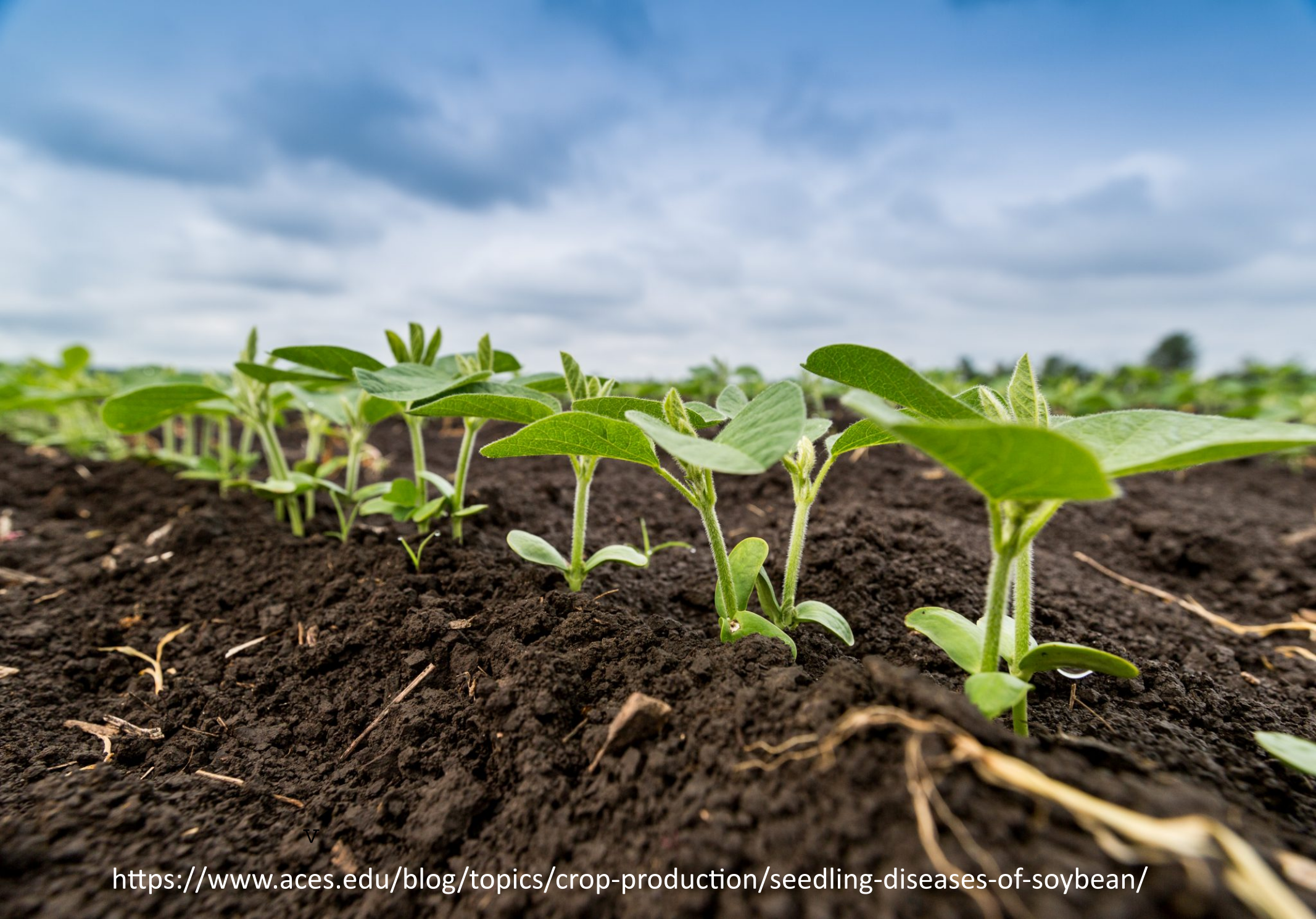Now that we are in the thick of winter, many of you are probably enjoying the indoors while looking forward to the upcoming spring. With the sky-high fertilizer prices we’re currently experiencing, fertilizer use efficiency is a hot topic, with many people wondering how they can get the most for their money. In this week’s edition of Growing Possibilities, we will look at the importance of phosphorus (P) management during early plant development to maximize crop productivity.
First off, it’s important to understand that not all P present in the soil can be taken up by the plant. Plants can only take up P that is dissolved in the soil solution, which is mostly present as orthophosphate (H2PO4– or HPO42-) ions (1). While there is typically a very large amount of total P present in the soil, dissolved orthophosphate ions which are readily plant available make up a very small fraction of this total. Even when P is applied to the soil whether it is via granular or liquid fertilizers or manure, it is not initially in a plant available form. It first must be dissolved into the soil solution and converted to its plant available form by microorganisms (2). Because of this, P uptake efficiency is usually quite low. Even with optimized management, P uptake efficiency is often below 20% (3).
Because of the nature of P availability, it is important that P is managed wisely in order to maximize crop productivity. Phosphorus is required for many vital functions of the plant, including photosynthesis, respiration and cellular energy transfer (4). As such, P is vital for a plant’s growth, throughout its entire development. However, P is also needed for cell division and the development of new tissue, making it even more critical in early plant development (5), with early season deficiencies being shown to have a greater impact on yield than deficiencies later in the season (6). Because it is mobile in the plant, P that is absorbed in the early growth stages is actually redirected later on in the life cycle to be used for seed production (1). Research on spring wheat and intermediate wheat grass has found that tiller production was maximized when P was applied in the first four weeks of growth (4).
So you are probably wondering, how can I increase my P uptake efficiency, and potentially lower the amount of P I need to add to my soil this spring. There are a number of factors that affect the availability of P in the soil. A major factor, especially in the Canadian prairies, is soil temperature. Low soil temperatures reduce P solubility (4). This and other environmental factors can be counteracted somewhat, by banding phosphate fertilizer, so that it is close to the seed, aiding in early root development (2). Additionally, biologicals which contain P solubilizing bacteria, such as XiteBio® Yield+ and XiteBio® Optiplus® help to increase P availability, which in turn improves your crop productivity throughout the growing season resulting in greater yield.
References
- https://www.saskatchewan.ca/business/agriculture-natural-resources-and-industry/agribusiness-farmers-and-ranchers/crops-and-irrigation/soils-fertility-and-nutrients/phosphorus-fertilization-in-crop-production
- https://www.tfi.org/sites/default/files/tfi-phosphorus.pdf
- https://extension.psu.edu/managing-phosphorus-for-crop-production
- http://www.ipni.net/publication/bettercrops.nsf/0/1F9B62B3360D8501852579800081F95E/$FILE/Better%20Crops%202001-2%20p18.pdf
- https://passel2.unl.edu/view/lesson/0718261a1c9d/2
- https://cdnsciencepub.com/doi/abs/10.4141/P00-093


